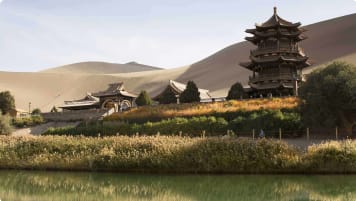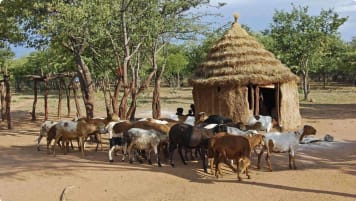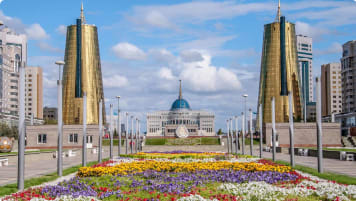Soviet Art in Kazakhstan: The Definitive Guide for Travellers
Soviet Art in Kazakhstan When the Kazakh khanate splintered into three hordes in the early 17th century, they became vulnerable to raids from Mongol tribes, primarily the Dzungars (dson, “left”; gar, “hand”) who formed the left wing…
20 Feb 19 · 8 mins read
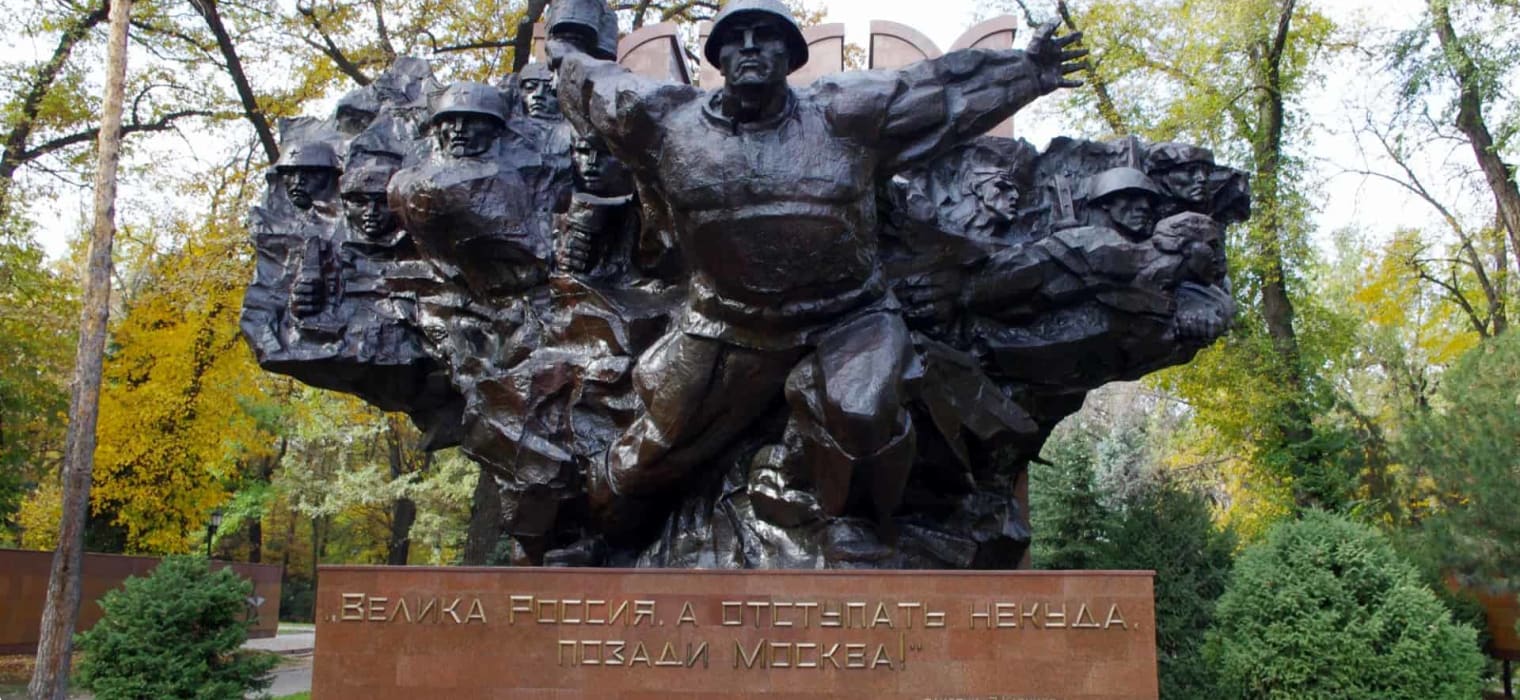
Soviet Art in Kazakhstan
When the Kazakh khanate splintered into three hordes in the early 17th century, they became vulnerable to raids from Mongol tribes, primarily the Dzungars (dson, “left”; gar, “hand”) who formed the left wing of the Mongol Army. The Great Horde was hit the hardest by the raids, and the Middle and Little Hordes moved westward towards Russian territories. In 1730, Abūʾl Khayr, khan of the Little Horde, swore allegiance to the Russian Empire’s Empress Anna Ivanovna. Before long, the hordes were accepting Russian protection, and Russia abolished all three khanates and incorporated them into the empire. By the mid-19th century, Kazakh history was entwined with Russian history, which moved from a tsarist regime to communist rule. (Read more about Kazakhstan’s history in our article here.)
In this article we will look at Socialist Realism, the surviving Soviet art in Kazakhstan, and the efforts local volunteers are doing to preserve them.
Soviet Rule in Kazakhstan
In 1920, the Russian monarchy came to an end and the Bolsheviks came to power. It occupied Kazakhstan and established the Kirgiz Autonomous Republic (later the Kazakh Autonomous Soviet Socialist Republic, or Kazakh ASSR). Under Josef Stalin, the nomadic Kazakhs were forced to settle. The agricultural sector was collectivised, during which peasants were stripped of land and livestock and forced into a collective farm, where a set portion of the farm’s production was given over to the state. Moscow demanded huge shares of the crops so the Soviet government could use the sale to buy machinery. The resulting famine, which began in the summer of 1930 and lasted until 1933, led to the death of 90% of the nomads’ animal herds and more than a million ethnic Kazakhs. Thousands more fled the famine, and those who managed to survive the journey settled in China, Uzbekistan, and Turkmenistan.
The Soviet states, including Kazakhstan, declared their independence when the Soviet Union was dissolved in 1991. Some, in a battle of identity and in hopes of looking towards the future instead of past suffering, purged their cities of communist symbols and Soviet influence. In 2015, Ukraine passed “history laws” that prohibit communist symbols from being displayed in public places, leading to the demolition of two murals depicting Lenin. In Kazakhstan, the government moved its capital from Almaty–founded by the Russians as the military fortification of Zailiyskoye (renamed Verny) in 1854 and which served as capital of Soviet-era Kazakhstan–to the planned city of Astana (“capital city”), now home to many, decidedly not-Soviet, futuristic buildings. On March 23, 2019, its capital Astana was formally renamed to Nur-Sultan to honour its longtime leader Nursultan Nazarbayev, who has resigned that month.

Ironically, this move to a new, planned city may have saved the Soviet-era art in Almaty from destruction.
Stalin’s Socialist Realism
Stalin imposed the communist ideology not just in governance but also in art. The guidelines of “Socialist Realism” was formally proclaimed by Russian novelist Maxim Gorky at the Soviet Writers Congress of 1934. According to the four guidelines, the art must be:
- Proletarian: relevant to the workers and understandable to them
- Typical: depicting scenes of everyday life of the people
- Realistic: in the representational sense
- Partisan: supportive of the aims of the State and the Party (i.e. a classless society)
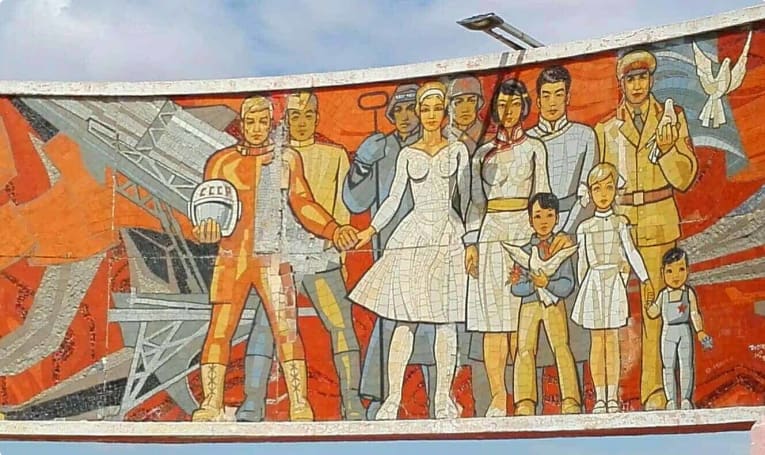
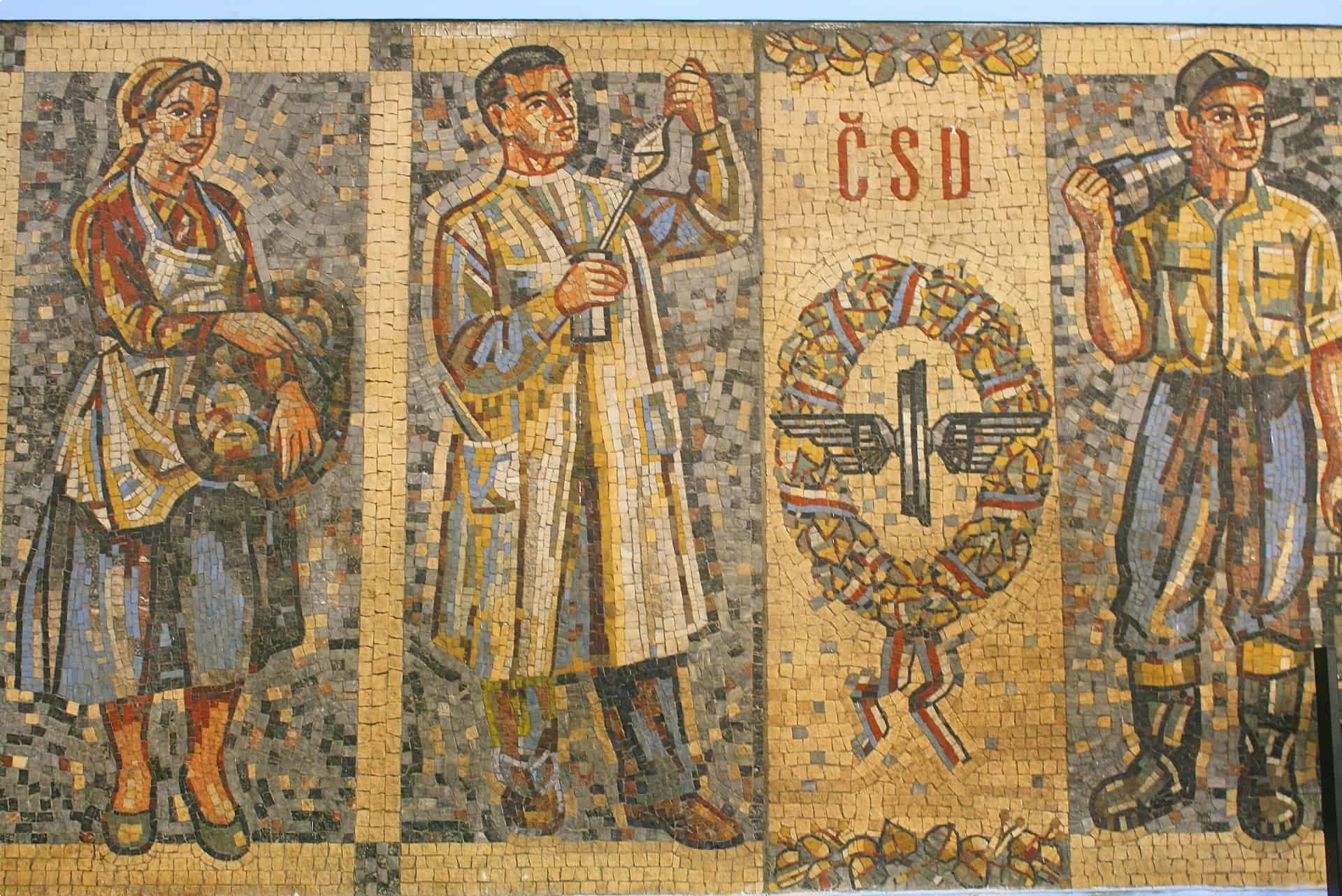
Unlike “social realism”, which encourages social or political criticism in art, Socialist Realism banned pessimistic or critical elements. In literature, the Socialist Realist protagonist must be a positive hero who perseveres against all odds or handicaps. In visual artwork–paintings, murals, mosaic, and sculptures–this meant using realist styles to show optimistic and idealistic depictions of life in the Soviet Union. Socialist Realism was the official aesthetic of the Soviet Union and its territories until the late 20th century.
Soviet art, Kazakhstan-style
The first Soviet mosaics adorned public spaces in Moscow beginning in the 1930s. It fell out of fashion under Nikita Khrushchev, who condemned the previous regime’s excessive restrictions imposed on artists (some of whom were sent to camps or killed). However, the aesthetic reappeared as large-scale “monumental art” in the 1960s and 1970s. “Monumentalists” from Russia were sent to Kazakhstan to train local artists during this time.
In the period from 1965 to 1985, Almaty’s buildings were widely decorated with these Kazakhstan-made Soviet monumental artworks. These art forms were collectively known as monumental’noe iskusstvo or “monumental art” and came in five formats:
-
Mosaics
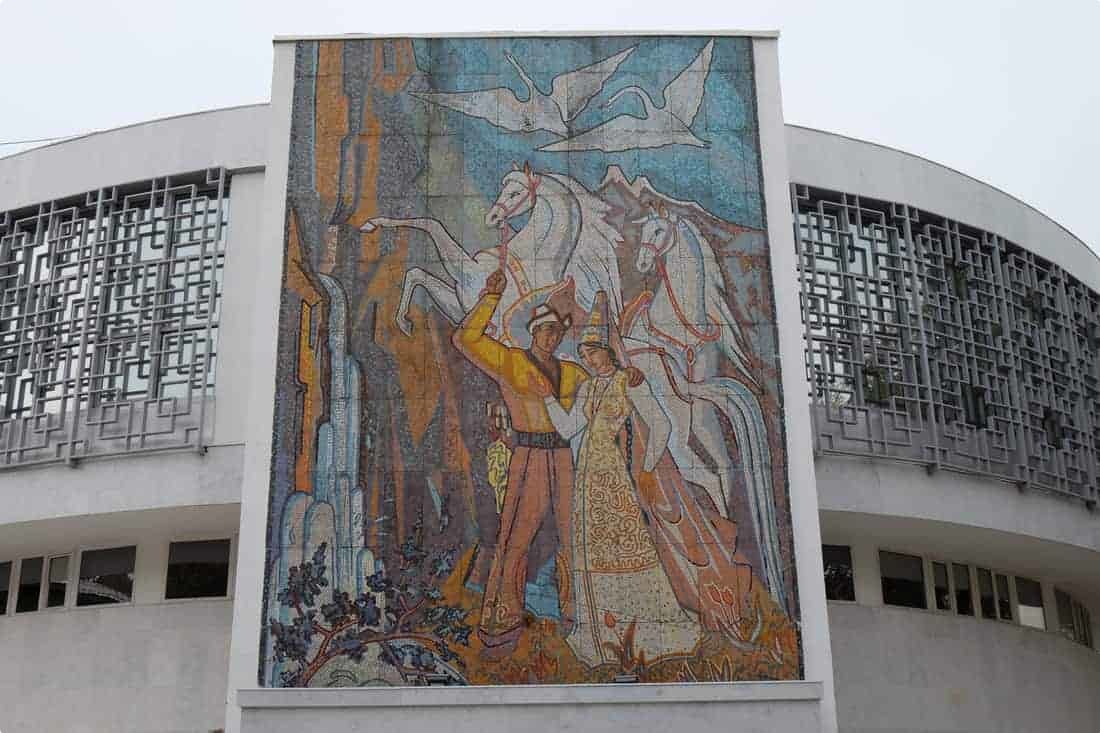
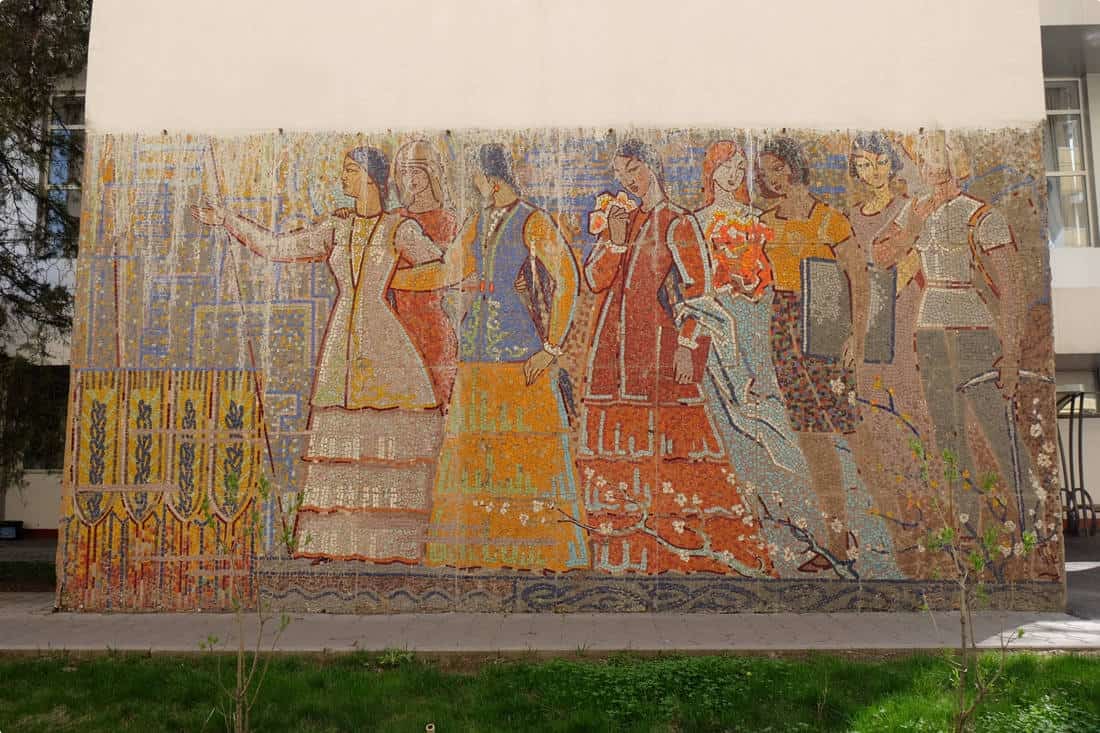
-
Relief Sculptures
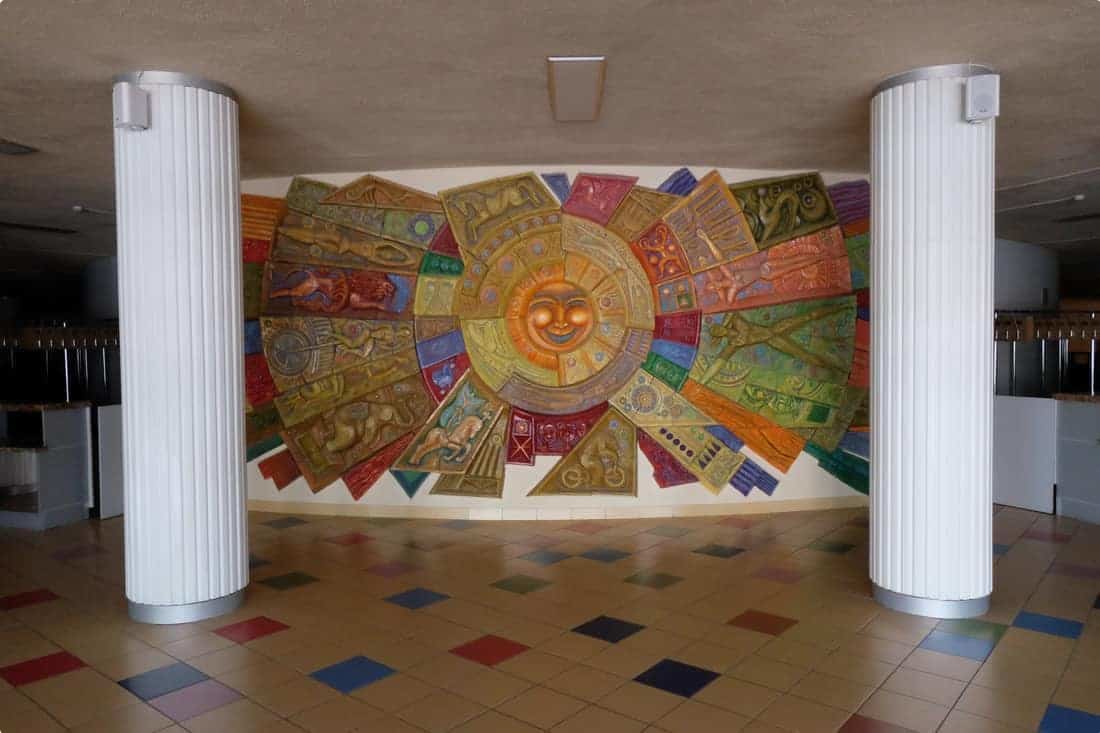
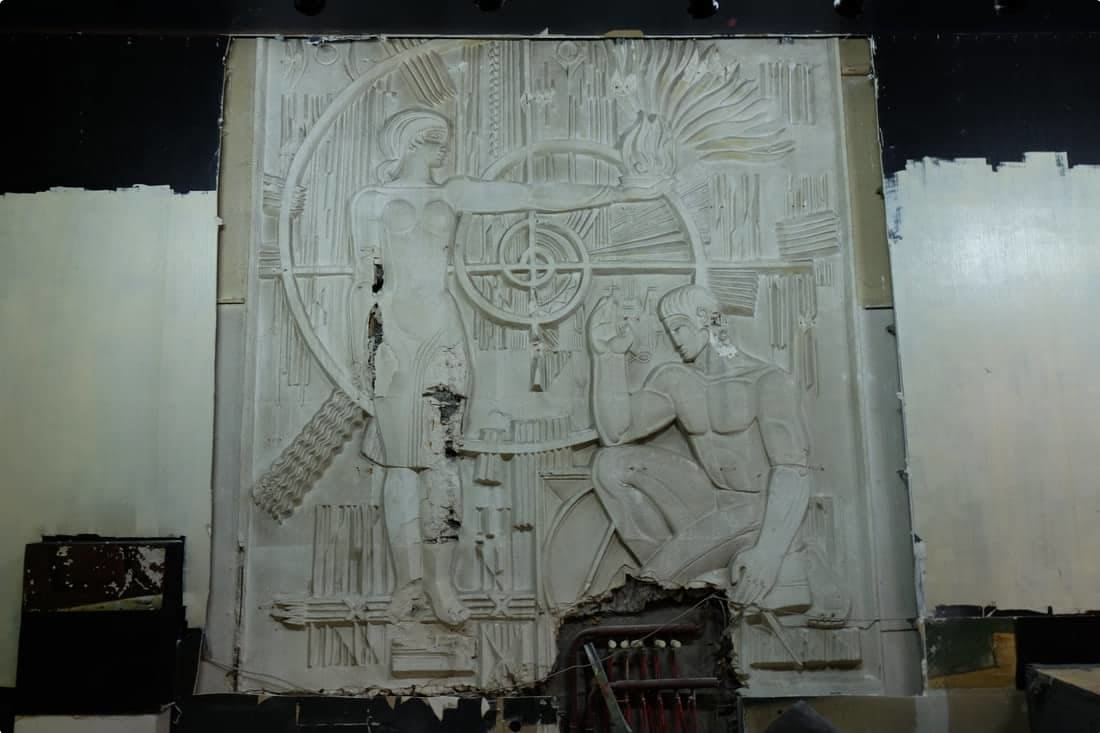
-
Sgraffiti
Sgraffiti (Italian: “to scratch”) is a form of decoration made by scratching through a surface to reveal a lower layer of a contrasting colour.

This is one of Almaty’s most famous works of monumental art, created by the graphic artist and illustrator Yevgeniy Sidorkin for the Tselinniy Cinema. When the cinema opened in 1965, it was one of the largest and most state-of-the-art cinemas in the Soviet Union. Another Soviet-era sgraffito by the same artist was discovered in 2018.
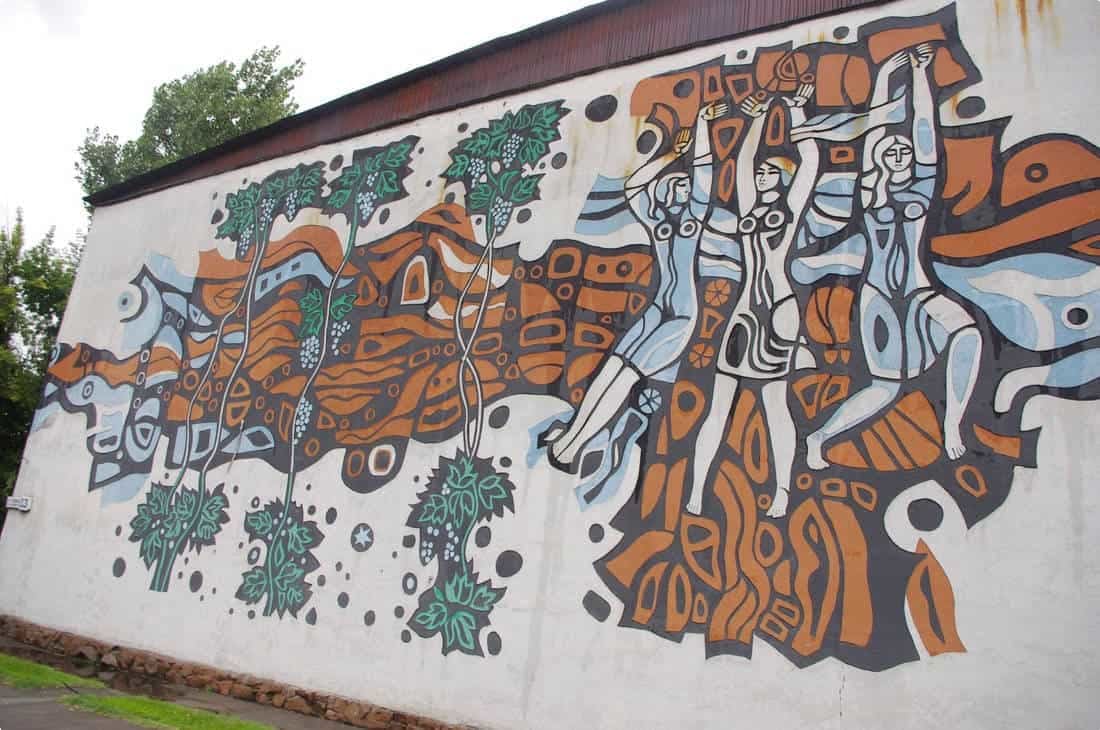
-
Stained Glass
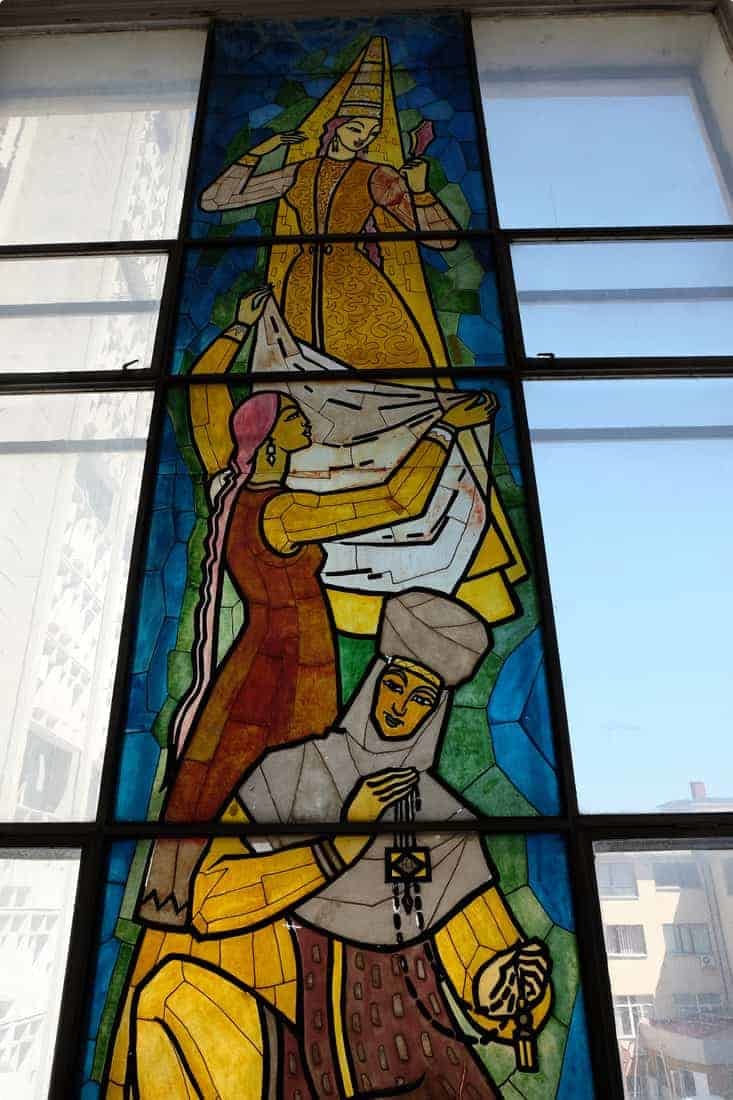
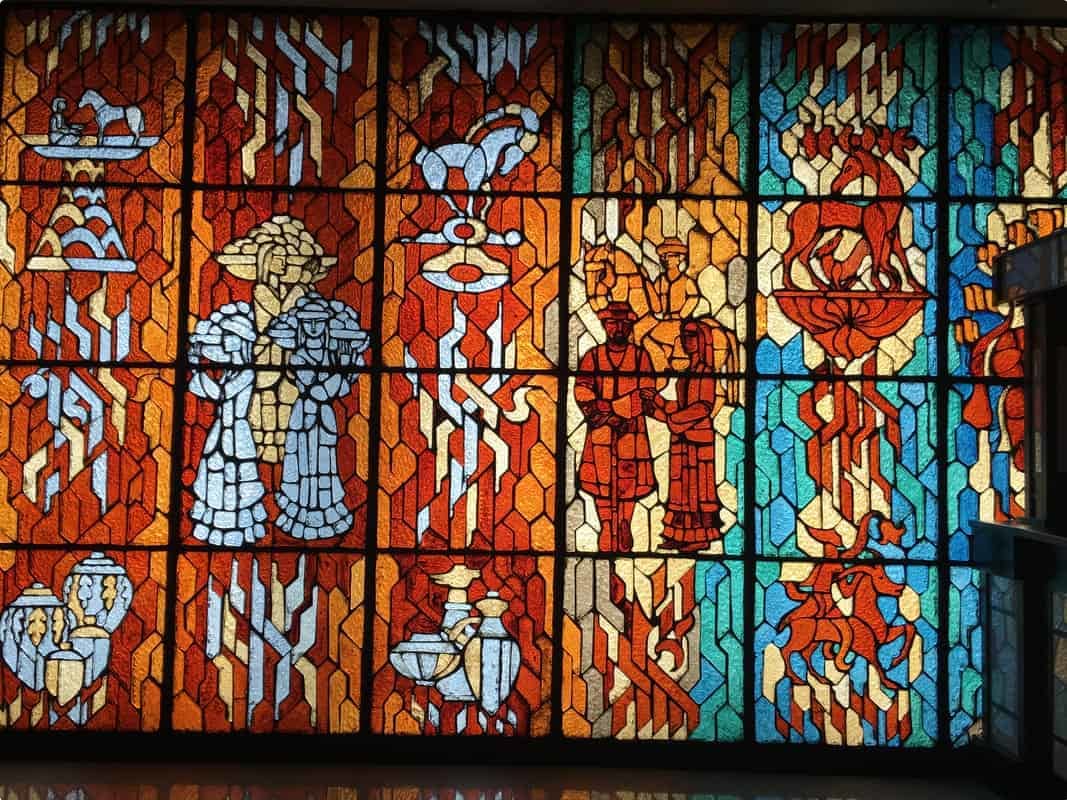
-
Murals
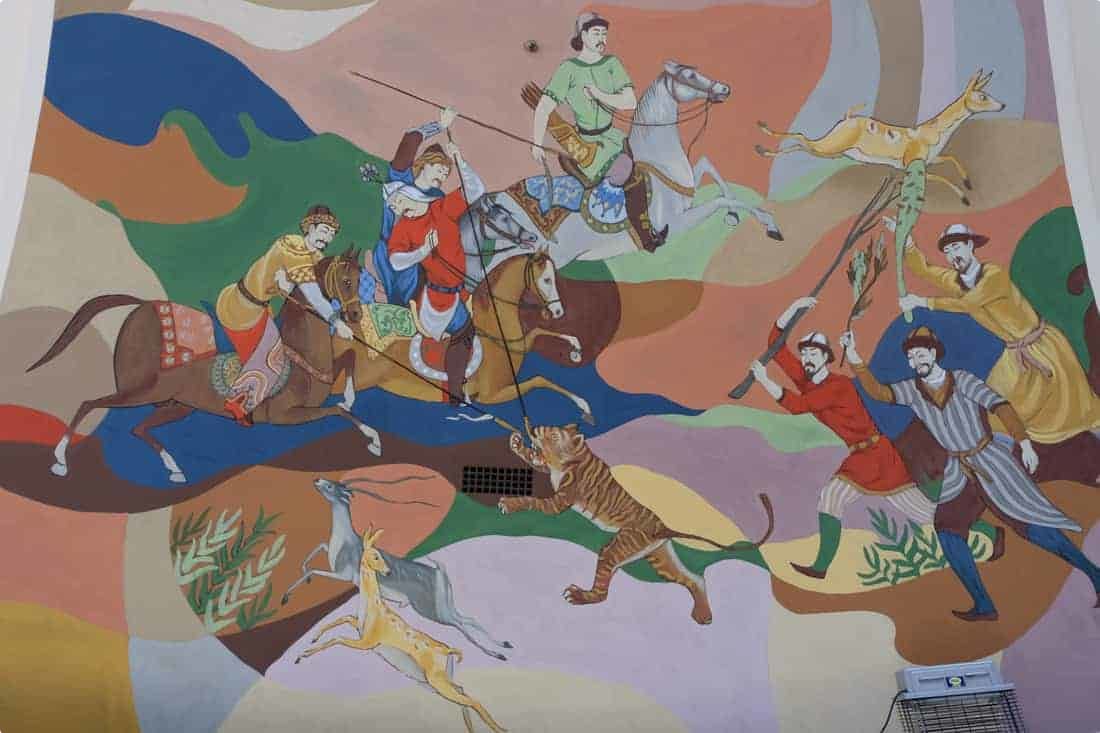
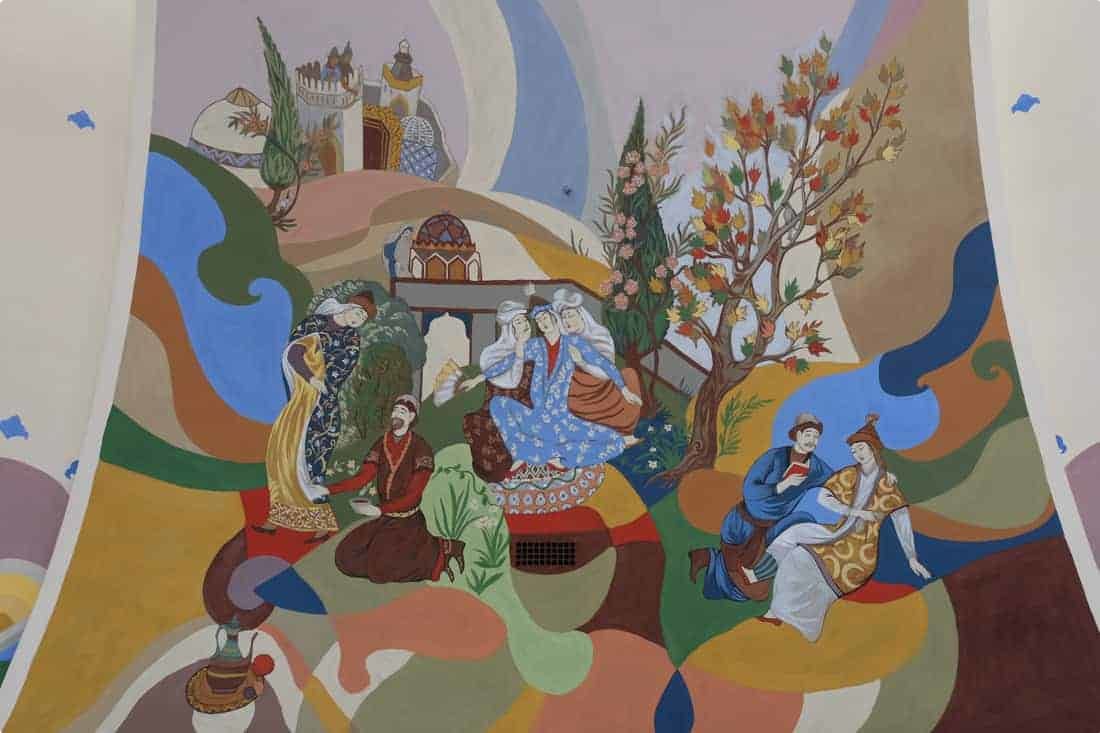
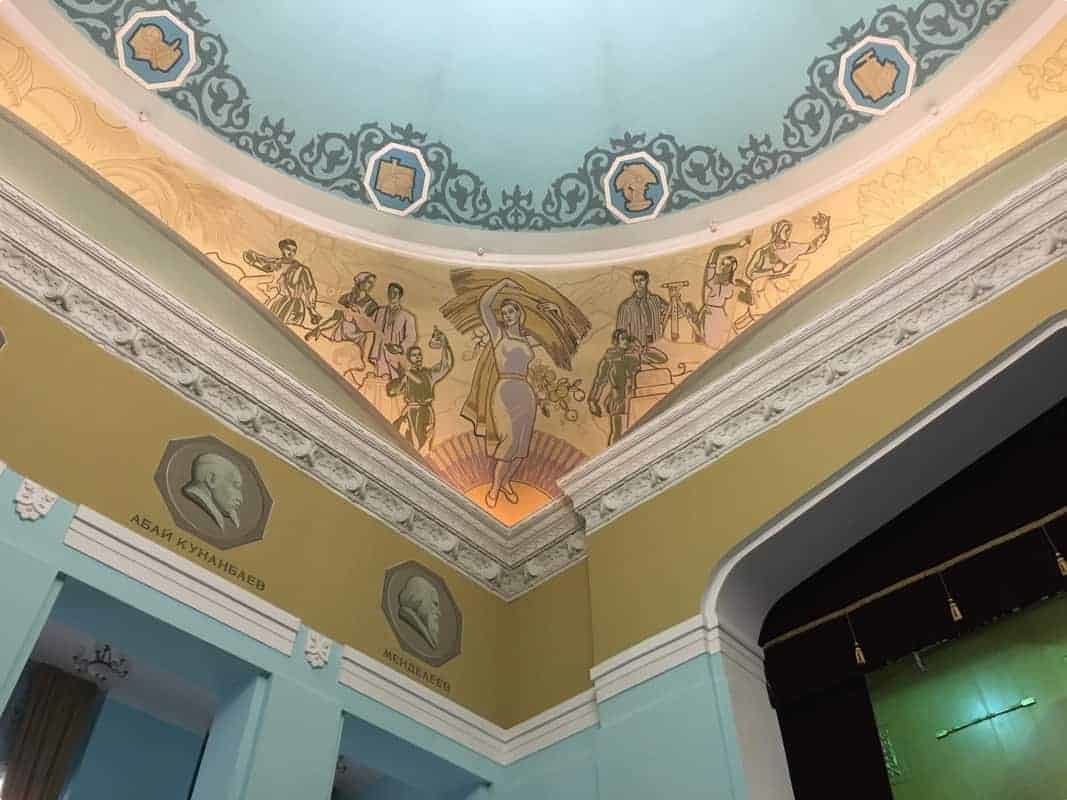
Monumental Almaty
Following privatisation of civic buildings after the fall of the Soviet Union, many of the Soviet-era artwork in Almaty have been damaged and destroyed, but a number are still being uncovered and preserved. Monumental Almaty, founded by Dennis Keen, is a volunteer-run, nonprofit organisation promoting the study and conservation of monumental art in Kazakhstan. According to him, more than a hundred pieces of Soviet-era monumental art still exists in Almaty, “but until now nothing has been done to systematically catalogue them, research them or reckon with their fate.”
The catalogue is available for viewing online, although in reality most of the discovered artwork are hidden from public view due to “ideological inappropriateness“. Keen, who moved from California to Kazakhstan in 2013, believes “this heritage has historic, cultural and historic value and should be protected and maintained in as close to its original state as possible.”
Keen’s online catalogue grew out of a site called Walking Almaty, which he began after moving to Kazakhstan. On Walking Almaty, Keen wrote essays about the various walks he had taken in Kazakhstan’s largest city, and included interactive maps of mosaics, pedestrian paths, and canals that drew a picture of Almaty’s landscape. By 2017, he had collected so many photographs of monumental artworks discovered during his walks that he built a different website to house them.
“Having documented so many artworks, I was fascinated by learning more about their history. Who made them? When, and how? Though most monumentalists, as the artists are called, have immigrated or passed away, I’ve met with the few remaining artists and learned about their craft.”
Monumental Almaty has saved monumental art from destruction by speaking to city authorities, and has worked with local artists and volunteers in order to clean and restore some of the Soviet-era pieces.
The future of Soviet art in Kazakhstan
Agata Pyzik, writing for The Guardian, also argues for the preservation of Soviet monuments, pointing to the Soviet army’s role in saving Eastern Europe from Hitler’s plan of extermination, and the large Russian populations remaining in former Soviet nations that now face hostility, “as if they have to pay for the communist past.”
The former Soviet states dealt with their painful Soviet legacy in different ways, responding with anger, or nostalgia, or a combination of both. Ukraine, as mentioned above, outlawed the Soviet symbols, while Lithuania gathered all statues of Lenin and Stalin and placed them in a park called “Stalin World”(Grutas Park) and Estonia restored its Soviet-style architecture.
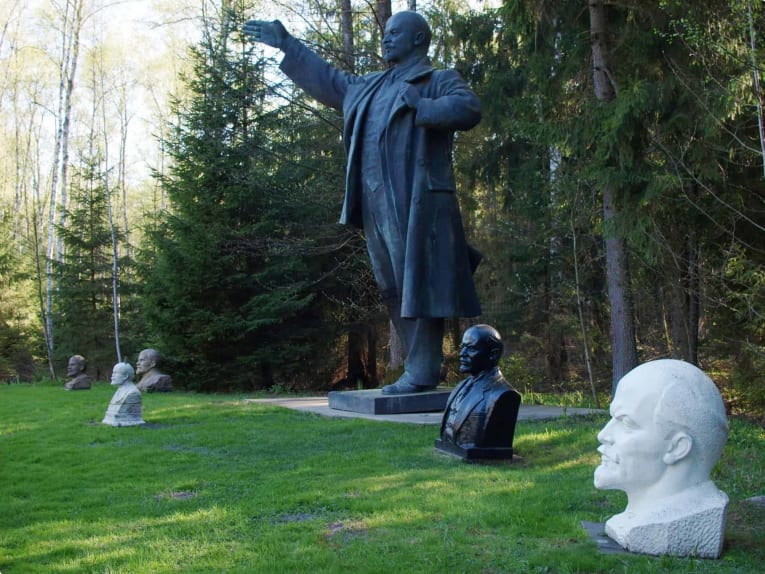

Kazakhstan as an independent republic is reviving its own unique art scene, investing in cultural and artistic projects to bolster patriotism, reminding its citizens of its long history. Focus Kazakhstan, a contemporary and modern art exhibition project of the National Museum of the Republic of Kazakhstan, is currently running in four cities from September 2018 to March 2019.
Rico Isaacs, speaking to Eurasianet, says visual art contributes to nation-building and fosters unity:
“Art is important for Kazakhstan because it is visually intimate, it benefits the Kazakh nation as it allows people who have never met one another, but who live in the same territory, to visually imagine they belong to the same community and that they share the same common history, myths, and heroes.”
Anel Moldakhmetova, curator and producer of the ArchCode Almaty project, which is concerned with research and preservation of the city’s architectural heritage, says “campaigning for the Soviet historical heritage has a lot to do with rethinking history and identity of Kazakhstan after gaining independence”–which is no easy task. ArchCode also works with Monumental Almaty in mapping and documenting the unique Soviet bus stop mosaics of Almaty. The bus stop mosaic had its roots in the Soviet era, but also represented “a unique form of folk art” in the Kazakh city that should be preserved.
From the 1970s to early 90s, dozens of bus stops were installed along Kazakhstani roads, mostly in Almaty province, that were covered in broken plates, teacups and teapots that had been collected from local ceramic and porcelain factories. The shards were assembled into delightful mosaics using a technique known as pique assiette, recycling what would have been industrial waste into delightful images of doves, smiling suns, galloping horses and abstract shapes.
Monumental Almaty continues to work on developing a framework for how monumental art can be preserved in Kazakhstan, and is open to receiving donations or Almaty-based volunteers to proceed with their advocacy.
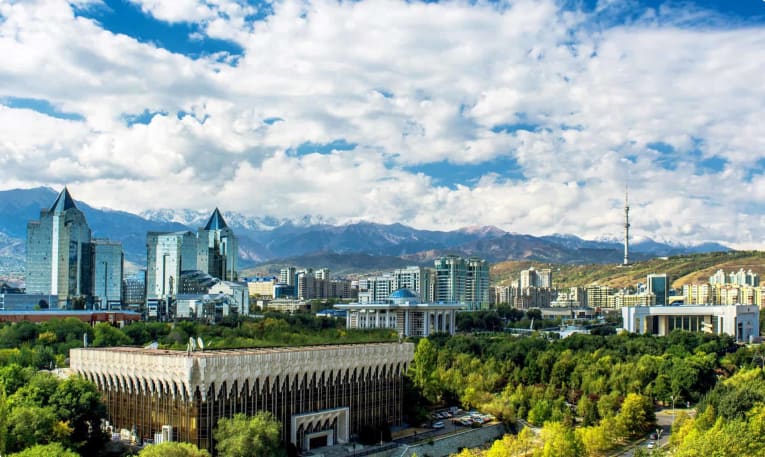
If you want to know more about Almaty and Kazakhstan, please explore our Kazakhstan country page which contains important tips and information about touring the country.
Consider joining the 22-day tour of Kazakhstan designed by Odyssey Traveller for the active senior. On this small group tour, expect to have your fill of Kazakhstan’s rich history and diverse sights in a small group setting, especially designed for active mature and senior travellers. We will spend multiple nights in the glittering cities of Nur-Sultan and Almaty, and explore all the exciting places in between.
Odyssey Traveller also has the 27-day Uzbekistan, Kazakhstan, Kyrgyzstan, Turkmenistan tour. This Central Asian tour is a small group educational program visiting places off the regular travel itinerary, combining spectacular scenery and encounters with both ancient and modern history. Our small-group approach promises focused attention and camaraderie. Click through the link to see the itinerary and sign up!
About Odyssey Traveller

Odyssey Traveller is committed to charitable activities that support the environment and cultural development of Australian and New Zealand communities. We specialise in educational small group tours for seniors, typically groups between six to fifteen people from Australia, New Zealand, USA, Canada and Britain. Odyssey Traveller has been offering this style of adventure and educational programs since 1983.
We are also pleased to announce that since 2012, Odyssey Traveller has been awarding $10,000 Equity & Merit Cash Scholarships each year. We award scholarships on the basis of academic performance and demonstrated financial need. We award at least one scholarship per year. We’re supported through our educational travel programs, and your participation helps Odyssey Traveller achieve its goals.
For more information on Odyssey Traveller and our educational small group tours, do visit and explore our website. Alternatively, please call or send an email. We’d love to hear from you!
Related Tours
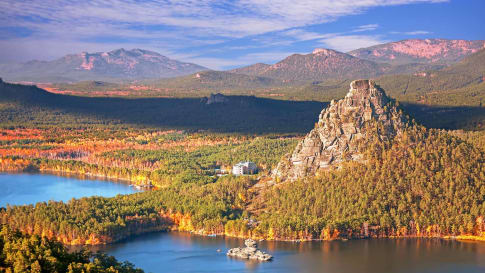
22 days
Jun, SepExploring Kazakhstan | Small Group Tour
Visiting Kazakhstan
Visit the largest landlocked country in the world, Kazakhstan. Once part of the Mongol and Russian Empires, Kazakhstan is where man first tamed wild horses on the vast Kazakh Steppe, the dry grassland that dominates its landscape and connects it with Europe and the rest of Asia. A escorted small group tour for mature and senior travellers, couples and solo travellers.
From A$11,995 AUD
View Tour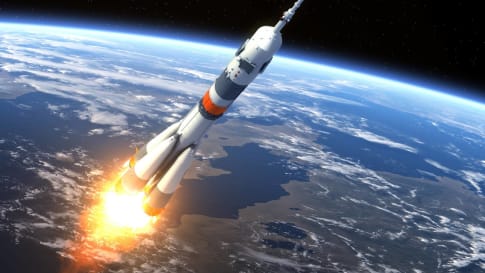
days
Feb, Apr, Aug, OctBaikonur Cosmodrome Tour | Experience a Space Launch
Visiting Kazakhstan
Join Odyssey Traveller in a once-in-a-lifetime opportunity to witness spacecrafts launch into space at the Baikonur Cosmodrome, the world’s oldest and largest space launch facility located in Kazakhstan, south of Russia.
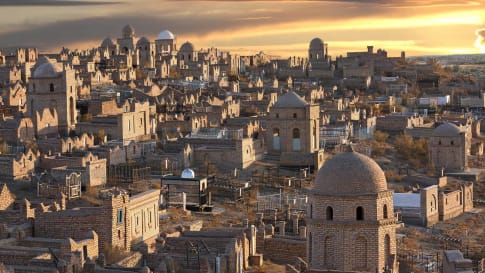
27 days
May, AugThe Stans Small Group Tour: Uzbekistan, Kazakhstan, Kyrgyzstan, and Turkmenistan
Visiting Kazakhstan, Kyrgyzstan
This Odyssey is designed for the adventurous traveller, a couple or solo traveller on a small group tour who is prepared for a range of accommodation styles, for walking excursions and some long travel days in 3 Central Asian countries. The program combines experiences with great scenery, ancient and modern histories, family visits and lifestyles that differ dramatically.
From A$16,750 AUD
View Tour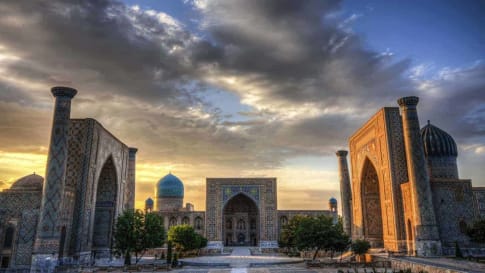
29 days
Aug, May, SepTravel on the Silk Road with Odyssey Traveller | Small Group Tour for Seniors
Visiting China, Kyrgyzstan
The Silk Road is an ancient trade route linking China and Imperial Rome through Central Asia. Few areas in the world remain as unexplored or offer such richness in terms of ancient and modern history, culture, and scenic diversity as Central Asia. Our Small group Silk road tours itinerary explores the Road through remote deserts and mountainous environments as we visit key sites between Xi'an and Bukhara.
From A$18,750 AUD
View Tour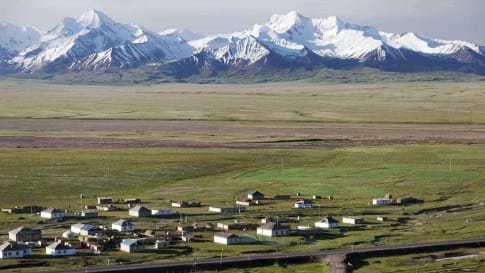
7 days
Jun, SepTajikistan Tour | Central Asian Small Group Tour
Visiting Tajikistan
We explore the country’s astonishing scenery and monuments. Tajikistan is the smallest of the 5 ‘Stans and is also the most mountainous. On our small group tour for couples and solo travelers we encounter many ranges and mountain chains where we reach well over 3,000 metres above sea level while crossing passes.
From A$4,650 AUD
View Tour
